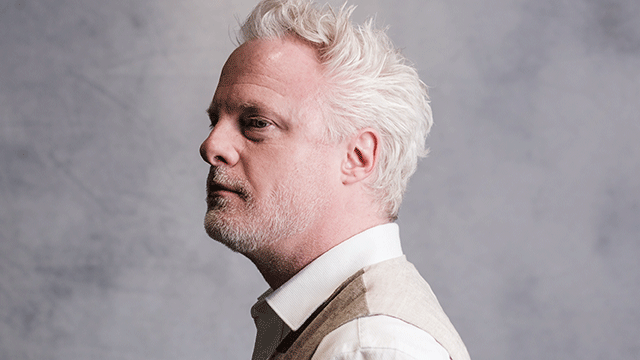EDITOR’S COMMENT Back in September 2020, when Rita-Rose Gagné was named the incoming chief executive of Hammerson, neither she nor the REIT’s chairman, Robert Noel, used the word “turnaround” when discussing her to-do list. Gagné spoke of a period of “unprecedented change” and needing to “navigate through the challenges” as the company pushed through the pandemic. But the T-word? Gagné didn’t use it then and, in fact, didn’t in a statement from the company until last year’s interim results.
Maybe a turnaround, like a recession, has to be defined retrospectively. So Gagné’s departure from Hammerson, set for a year from now with a search for her successor about to start, is the right time to recognise a remarkable string of deals and decisions she has helped steer that have put the company on firmer footing than when she arrived five years ago.
Those have included selling its share in outlet business Value Retail to L Catterton for £1.5bn, a deal that generated around £600m of proceeds for the REIT.
The company has also been buying out partners on assets that it wants to keep to itself, such as the remaining 50% stake in the Westquay shopping centre in Southampton from GIC for £135m and, most recently, a £200m deal to take control of London’s Brent Cross shopping centre by buying out joint venture partner Aberdeen.
Noel called it what it is when announcing Gagné’s resignation this week. She has driven “a substantial turnaround”, he said, “transforming and strengthening Hammerson into the largest UK-listed, pure-play owner and manager of prime retail and leisure anchored city destinations”.
She has done much of outside of the spotlight too. There were some grumbles from analysts that she seemed less accessible than some other chief executives. But she had a job and has done it, and when she speaks about what the company has achieved it has never been in a sensational way, but measured and matter-of-fact – whether telling Estates Gazette that her goal was for the company to build the “muscle to grow and to grow better” or describing the path as simply as: “We scaled back, but we are scaling back up.”
It’s an achievement to be proud of and a note any chief executive would be justified to bow out on.
The team’s week at UKREiiF already feels like a long time ago. But if you couldn’t make it to any or all of the awesome panels and roundtables we hosted in Leeds alongside partners Avison Young, CBRE IM, Colliers, Savills, Scarborough Group International and S&W, you can find our coverage here on estatesgazette.co.uk.
The topics are varied, including residential, urban regeneration, health tech, the future of offices, regional investment liquidity and more. But there’s a theme running throughout of finding new approaches to tackling old problems – that this is no time for business as usual.
That could mean rethinking what our cities will need to look like five years from today when making decisions in the here and now; a greater push to bring international investment into the regionals rather than having it concentrated in London; and a new focus on the benefits of tri-tenure residential strategies in schemes.
And it could mean taking some unloved parts of the real estate industry and making them more fashionable. One of my favourite sessions was with Savills, discussing the benefits of bringing property management professionals into developments earlier.
Craig Bluer, a director in the agency’s property management team admitted that getting in the room early can be a struggle given that the function is often seen as “the least sexy part of property”.
Judging by how packed the room was even early on a Thursday morning at the end of the conference, that might just be changing.
Image © Colin Miller
Send feedback to Tim Burke
Follow Estates Gazette











